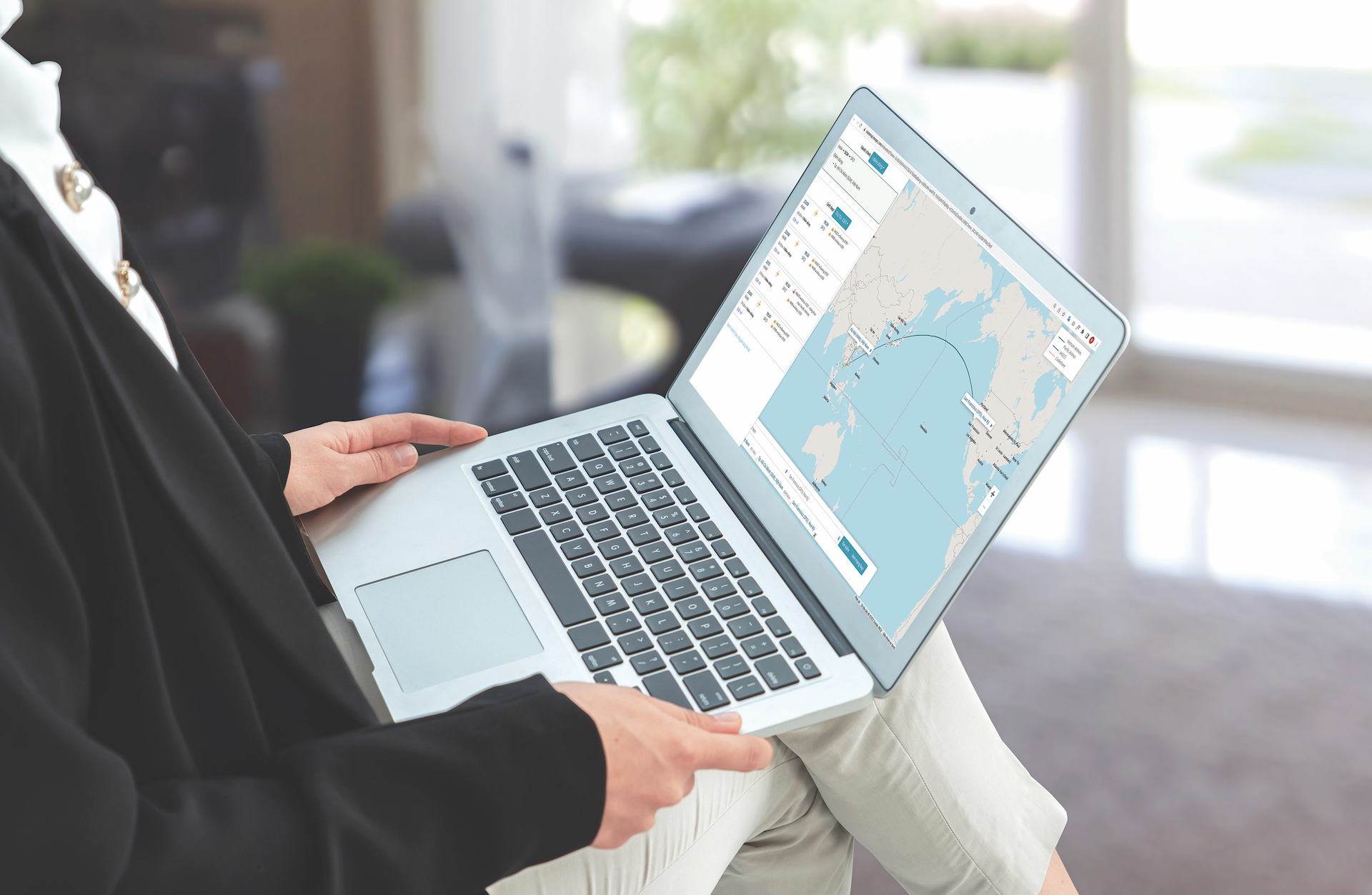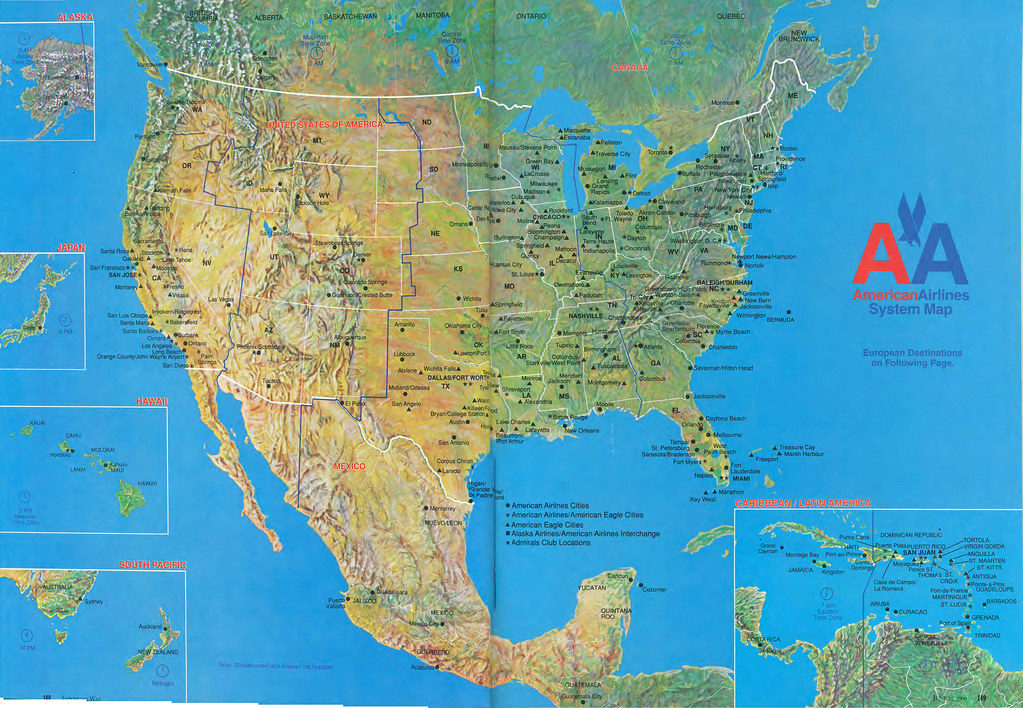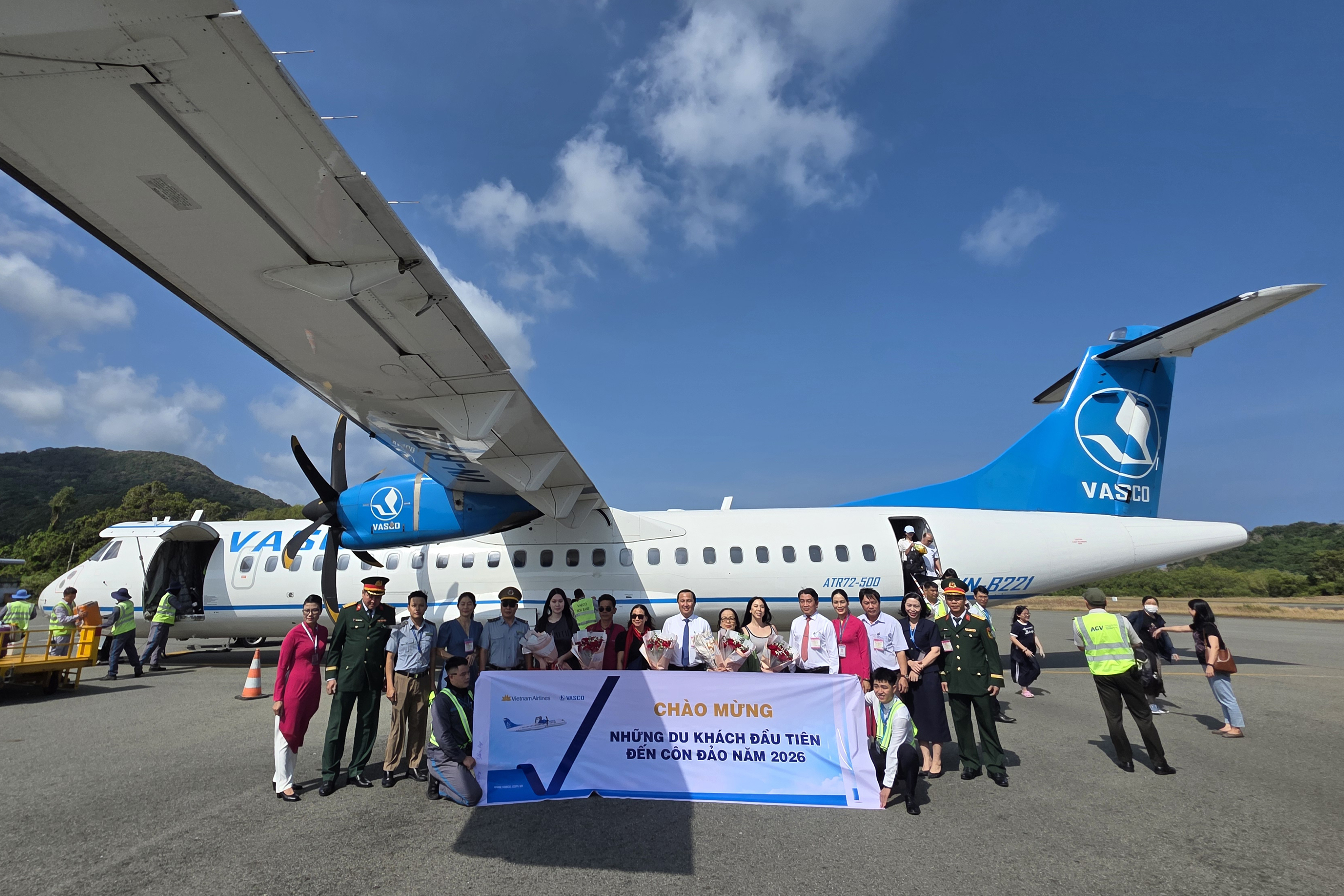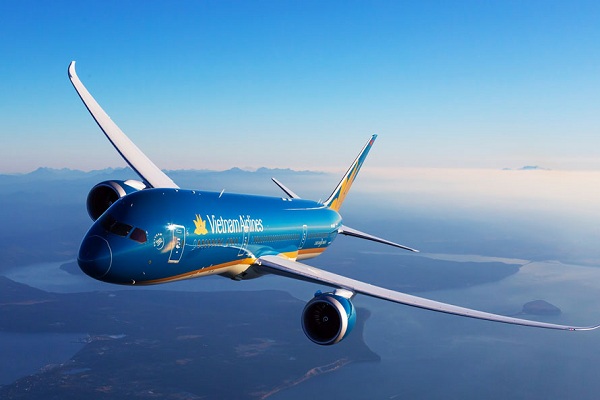It’s not just about flying from point A to point B
Do you think that to go from Ho Chi Minh City to San Francisco (USA), just a plane to a height of 10,000m and then fly straight to the destination? It is not simple like that. The airline will have to plan the route depends on the weather, geopolitical factors, or the cost of passing through another country’s airspace, stops and even runway lengths. This process will create a network map for the airline. This map, when put on a digital platform, is called a digital route map.

On the digitized map of Vietnam Airlines, the airline’s network is visually displayed with computer graphics, making it easy for passengers to access diversified information about the routes that the airline operates. Simultaneously with the flight options and flight schedules displayed right on the map, customers can choose to switch to Vietnam Airlines’ booking page and complete their shopping process. Take Ho Chi Minh City – San Francisco route as an example. Thanks to the digitized map of the flight network, passengers will know more about the journey, such as the points, direct flights, connecting flights? If so, where will the airline stop? Information about the office address of Vietnam Airlines, export/entry issues… will also be integrated into the map.
In order to digitize the flight network, the Digital Marketing Solutions Department – Digital Marketing Department of Vietnam Airlines have to understand the needs of passengers in the chain of experience with the National Airline, especially at the flight search stage. The Digital Marketing Department project team also researched other airlines’ products to understand the steps and user experiences. Next, the project team looked for partners who can use and customize the Google map platform as a basis for construction; coordinated to deploy data connection to draw flight routes and display information; implemented integration on Vietnam Airlines website and mobile application. In particular, the most difficult part is to find a map provider with full landmarks of Vietnam’s sovereignty. Connecting to the system to integrate data from a variety of sources to provide it to customers is another challenge.
In fact, Vietnam Airlines is not the first airline to implement a flight network map. Singapore Airlines, Emirates, Delta Air Lines, ANA, Korean Air, Japan Airlines… have already developed this. However, carriers only provide static maps. Some have dynamic maps but only allow users to interact through pre-existing forms, not as intuitive as Vietnam Airlines.
The history of the flight network map
The official flight network map first appeared in the 1920s, during the “dawn” of commercial aviation. At this point, the map is in a static form, used as a marketing tool for the airline. Without showing ratios or annotations, the flight network map would only connect airports, with magnified lines connected from airports at the beginning of the journey.
The purpose of the maps – which American Airlines named Airborne Road Maps in the 1930s – was to make the graphics easy to understand, help passengers keep track of the latest destinations, attract customers and even serve as souvenirs.

In the jet age, there’s more elements to connect between two destinations than just the airline’s flights. And politics is one of them, an important factor that makes the airline’s flight network map much more complicated than before. Taiwan Airlines is an example.
Previously, to travel between China and Taiwan, passengers had to transit through one point, possibly Hong Kong or Macao. Although it is difficult to obtain official documents, according to regulations, Taiwanese airlines are prohibited to fly in Chinese airspace. As Taiwan still remains shut out of UN, Taiwan cannot do anything against Chinese aviation.
As harmony established for the two sides therefore more Taiwanese flights returning from Europe were allowed to fly over southern China. However, at the moment, when this political relationship has become more strained, the issue of airspace has become difficult again. Thus, it can be seen that temporary airspace restrictions or war, geopolitics, or pandemics, even the visits of heads of states or governments, or major sports events will affect the flight route of an airline. And all of this will be updated, showing changes on the airline’s flight network map.
Vietnam Airlines’ objective is to increase better experience for passengers when building a digital network map, and at the same time further leverage its position as a digital airline in the future.
Nguyen Mai Huong-COMM







